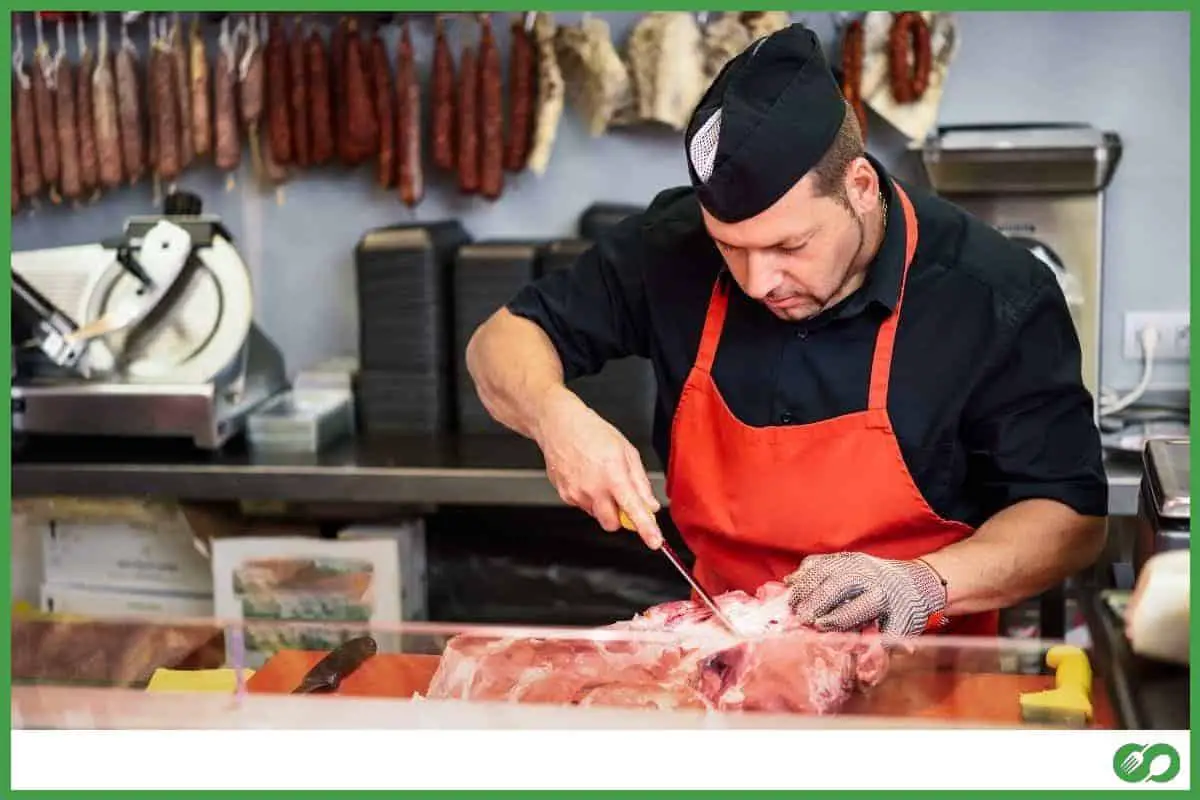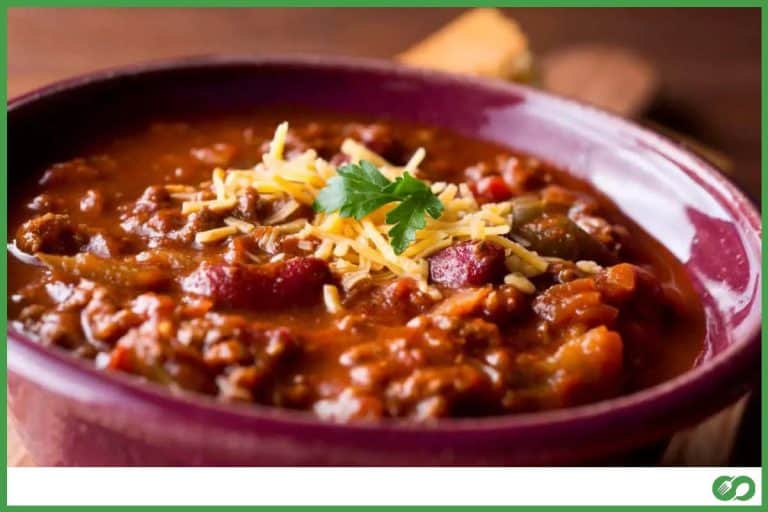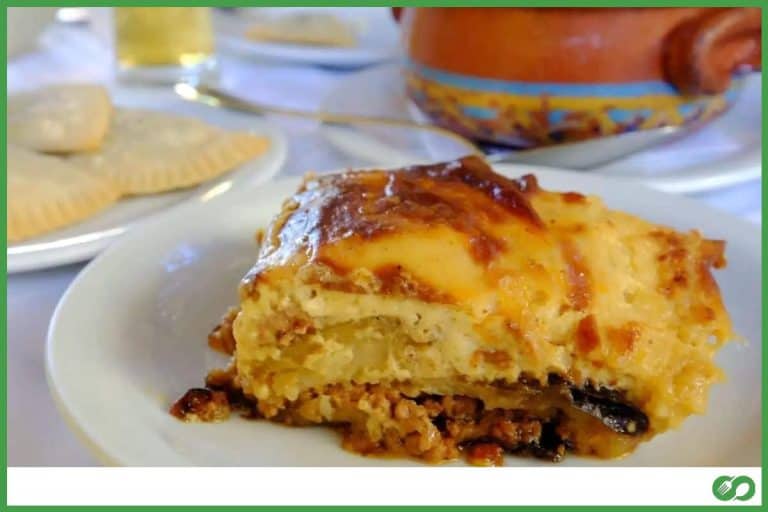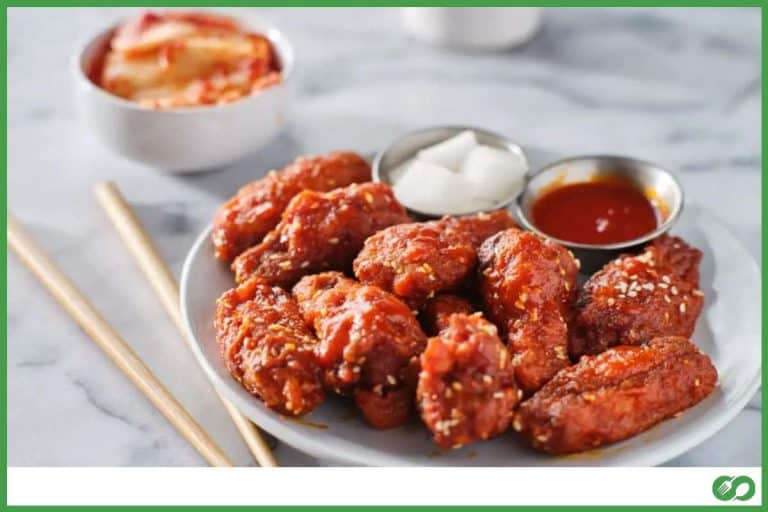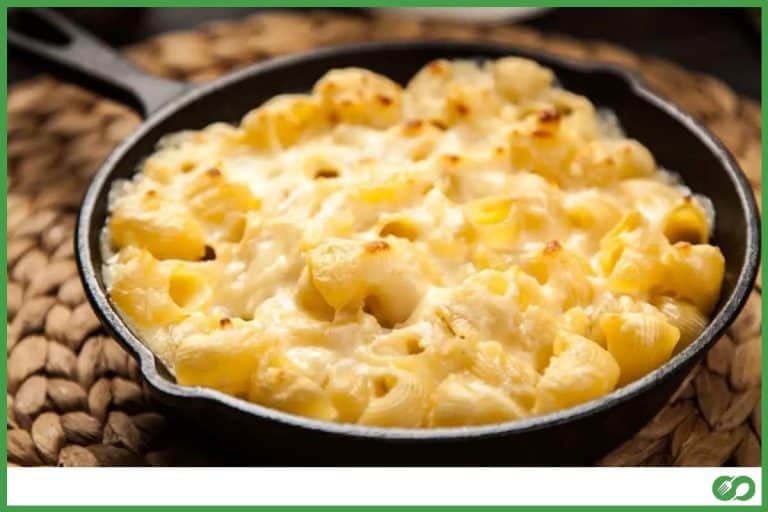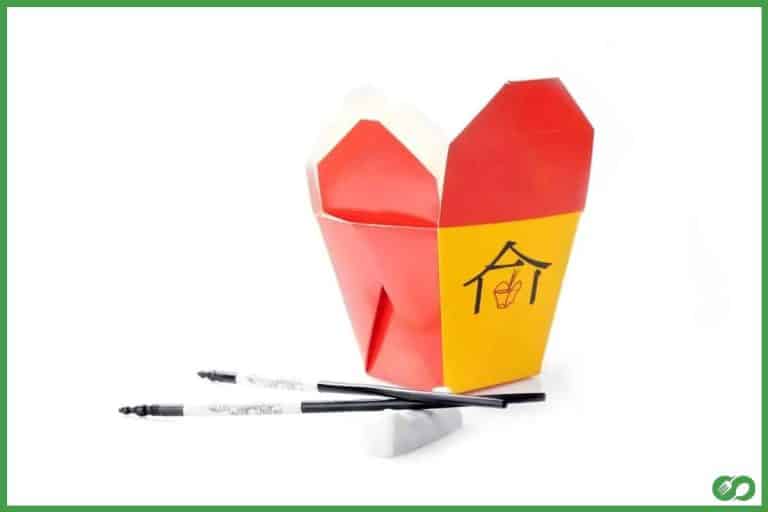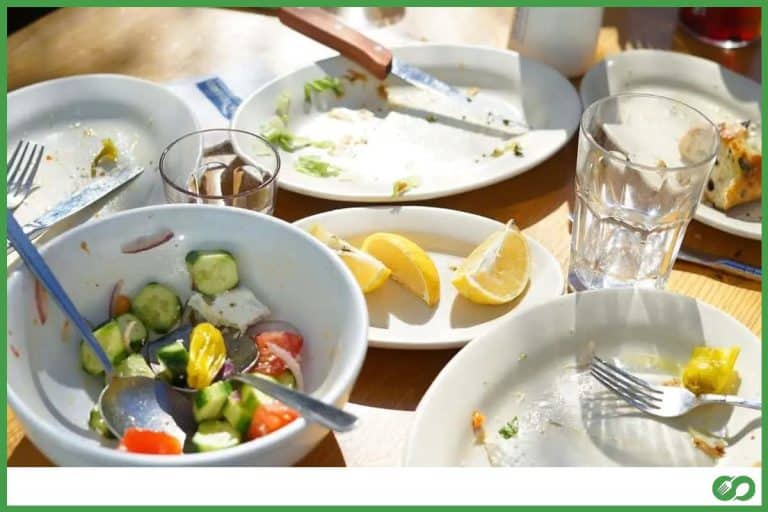What Do Butchers Do With Leftover Meat?
This post may contain affiliate links which means that, if you choose to make a purchase, I may earn a small commission at no extra cost to you.
Butcher’s shops are one of the best places to get fresh quality meat. When you go to a butcher’s shop, you will see carcasses hanging inside or tons of meats displayed on stands. The butchers slaughter animals and sell fresh meat every day. But, what do butchers do with leftover meat that doesn’t end up on the product display?
The butchers handle the leftover meat in various ways. They donate them at local soup kitchens, supply them for pet food, cook them, and so on. When the meats are not reusable in any way, the butchers throw them away.
In this article, I will tell you what happens to the unsold meat of the butcher shops. You may also want to know what happens to the non-meat parts of the animals. All of which I will discuss in detail here.
What Happens To The Leftover Meat?
Butchers are very calculative when they cut meat for sale every day. They cut meat estimating the demand in the market. So, the best way to manage meat is to be smart. However, sometimes meat may not get sold, and the butchers have to be creative to minimize the loss as much as possible.
Here are some of the ways the butchers manage the leftover meat:
Stores the Leftover Meat
When the butchers have unsold fresh meat in the shop, they often preserve it. They use a refrigerator or a freezer considering the amount of meat and how long they want to store it. They cut the meat and vacuum seal them, and then freeze the meat.
These meats can be sold at discount prices or supplied to other businesses where frozen meat is needed. In this case, the butchers have to be honest and label the food showing the best time for consuming the meats.
Used to Make Pet Food
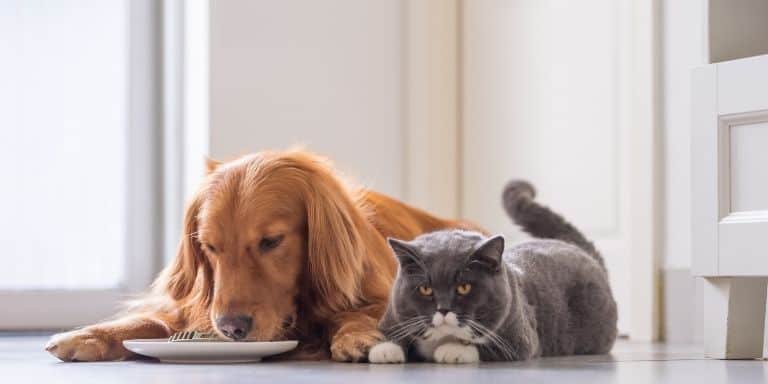
What butcher’s shops do with the leftover meat also depends on the amount of meat. Many butcher’s shops have deals with pet food manufacturers. Whenever the butchers have unsold meat, they contact the pet food manufacturers and sell the leftover meat.
This way, they do not face a lot of loss. The pet food manufacturers pay a good price for the leftover meats. The manufacturers take both kinds of meat. If it is fresh they use it to make canned foods, and if it is frozen they use it as dry foods for pets. You can also personally contact a butcher’s shop to get leftover meat for your pets.
Turned Into Other Foods
Another way to make raw leftover meats useful is turning them into other foods or making them ingredients for foods. Many butchers make bacon meat, sausages, hot dogs, hamburger patty, ground meats, and ground poultry from the leftover meats and sell them in the shop or supply them in grocery stores.
This is a side business for many butcher’s shops, and it brings good profit to the business too. So, the butcher feels less concerned about leftover fresh meat as it can be processed into other foods.
Aging the Meat
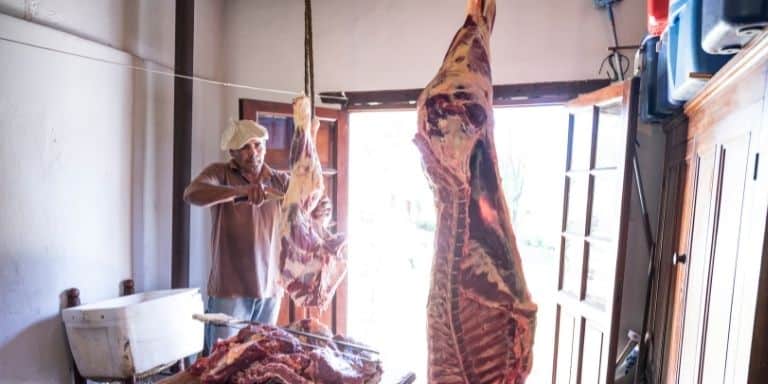
Butchers normally hang the carcass in their shops and prepare them to cut on demand of the customers. It also helps to keep the meat fresh for a long time. When carcasses are left hanging without being sold, many butchers prepare their meat to be aged. For example, aging beef takes 3 to 21 days in a cooler.
The aging of the meats changes the texture and taste of the meat. Many people like the taste. Although this process of aging is not very common these days, the butcher may get lucky to have customers who prefer the flavor of aged meat.
Donate to Charity
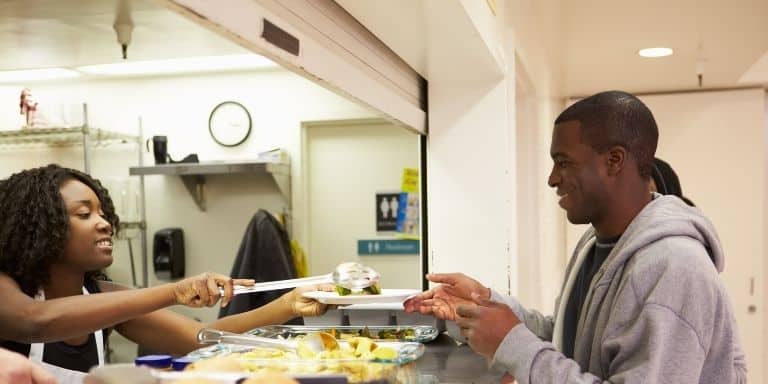
Many reputed butcher’s shops donate their leftover meat and other parts of the animal such as bones and organs for charity. They give away the unsold meat to soup kitchens and often to shelters for the homeless people. But they only donate the leftover meat when it is still edible.
A lot of reputable butcher’s shops donate meat now and then. It helps to increase their popularity. Therefore, they have to make sure they are donating safe meat. They very well know that donating spoiled meat will bring more harm than good for their reputation.
Butcher Take the Meat Home
Sometimes there is not too much leftover meat to donate or sell to other businesses. So, the butchers have to take the leftover meat home and cook the meat for themselves. They store the meat for a few months. They eat the leftover meat so that it does not get wasted.
Trash the Spoiled Meat
Unfortunately, the butchers might fail to process the leftover meat timely, and it gets spoiled. When something like this happens, they cannot but throw away the meat. The leftover meat is not processed or turned into any other food if they are not edible.
The butchers are aware that if they sell spoiled meat even once and get caught, people will not trust them anymore. Thus, the business will be at risk. Hence, extra meat is trashed if there is no other way to reuse it.
What Happens to The Non-Meat Parts?
The butchers not only have to deal with the unsold meat, but they also have to be creative about managing the non-meat parts of the animals. A lot of butchers are smart about selling non-meat parts like the bones, heads, feet, and tails. Moreover, there is a special demand for animal fat.
Here are some ways leftover non-meat parts are sold by the butchers:
- The bones are in high demand for making stew, broth, or soup. The butchers sell the cow, lamb, goat, or even chicken bones at the restaurants for a good price.
- The butchers also sell the heads, feet, and tails of the animals to restaurants. The parts are slow-cooked for making stews at various restaurants.
- The fats of pigs or other cattle are popular ingredients to mix with sausages and other foods. The butchers also separate special types of fat for manufacturers who make soups and other cosmetics with animal fats.
- The livers, kidneys, and other vital organs of the animals are also special items at many well-known restaurants. The butchers have customers for them. So, when they cannot sell these organs they contact the restaurants.
- Butchers often slaughter the animals and cut out the meat from the skin. Selling skins is also a great side business for many butchers. The skins of cows and pigs are used to make leathers. The butchers sell the animal skins to make some extra profit.
As you can see, the leftover parts of meat and the non-meat parts both have commercial value. The butchers in this business for a long time know how to deal with the unsold meats and other parts of the animals and turn it into profit.
Do the Butchers Mix Leftover Meat with Fresh Meat?
Whether the butcher mixes leftover meat with fresh meat or not is often a matter of concern for the customer. The buyers think that the butchers might do something like this to minimize their loss. Unfortunately, sometimes it can happen. So, the butchers have to be trustworthy to run a profitable business.
Honest butchers with ethical values will never deceive their customers. The butchers must separate the fresh meats from the leftover meats. Mixing the leftover meat with a new batch is not wise. Hence, the customers should also be aware of what they are buying.
Conclusion
As you can see there are endless ways to make use of all sorts of meat scrap. And butchers do make the best of them to earn some extra side cash. Livestock doesn’t only put food on our plates but it also fuels a wide variety of industries.

